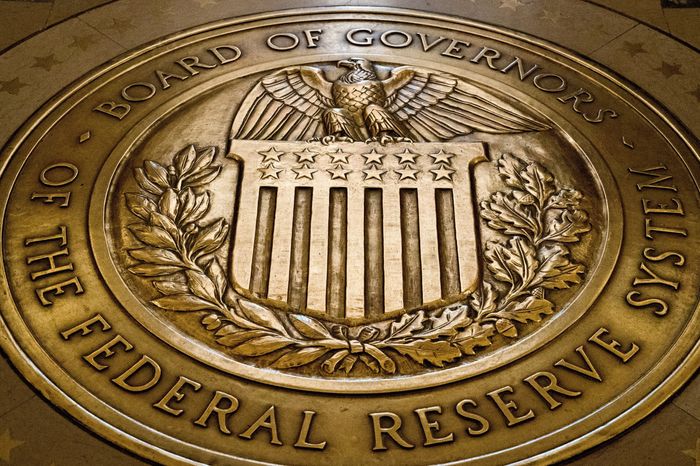The Federal Reserve on Wednesday raised its key interest rate and revamped the guidance in a dovish direction.
The quarter percentage point move puts the Fed’s benchmark rate in a range of 5%-5.25%. This is just below the prior peak of rates before the Great Recession of 2008.
The Fed reworked its language, scrapping prior language that “some” additional hikes “may” be needed.
The pivotal forward guidance now says:
“In determining the extent to which additional policy firming may be appropriate to return inflation to 2% over time, the FOMC will take into account the cumulative tightening of monetary policy, the lags with which monetary policy affects economic activity and inflation, and economic and financial developments.”
While cagey, talking about cumulative monetary tightening and policy lags have mainly been the talking points for officials who are more worried about economic growth than inflation.
There were no dissents. This suggests that even those voting members who have been more concerned about inflation, like Fed Gov. Christopher Waller, can work with it.
This may be the last interest rate hike in this cycle. The Fed’s own projections signal that the range of 5%-5.25% would be a good place to pause. There are some officials advocating more hikes. Only a minority of Fed watchers are forecasting more tightening.
At the same time, the Fed is continuing its so-called “quantitative tightening” plan to slowly let its balance sheet shrink.
Today’s move was the tenth straight meeting with an interest rate rise as the Fed battles high inflation sparked by government spending and supply disruptions during the pandemic.
The fast pace of tightening – the quickest in 40 years – has shaken the banking system and led to the collapse of three of the country’s major banks.
Economists think the bank sector troubles will slow lending and then the economy, in a similar fashion to Fed rate hikes. The worry is that if consumers also pull back, the economy could fall into a recession.
On the other hand, analysts hope the takeover of First Republic Bank by JP Morgan may be the end of the recent stress in the banking sector. And the labor market has remained remarkably strong.
In March, the Fed’s staff forecast a mild recession beginning later this year.
Fed Chairman Jerome Powell will hold a press conference at 2:30 p.m. Eastern. The market is expecting two Fed rate cuts by the end of the year. Economists will be watching to see if Powell pushes back on those expectations.
The standoff between U.S. House Republicans and the Biden White House over raising the debt ceiling is another major worry going forward. If it is not increased by June 1, the government may default on its debt, Treasury Secretary Janet Yellen said earlier this week.














